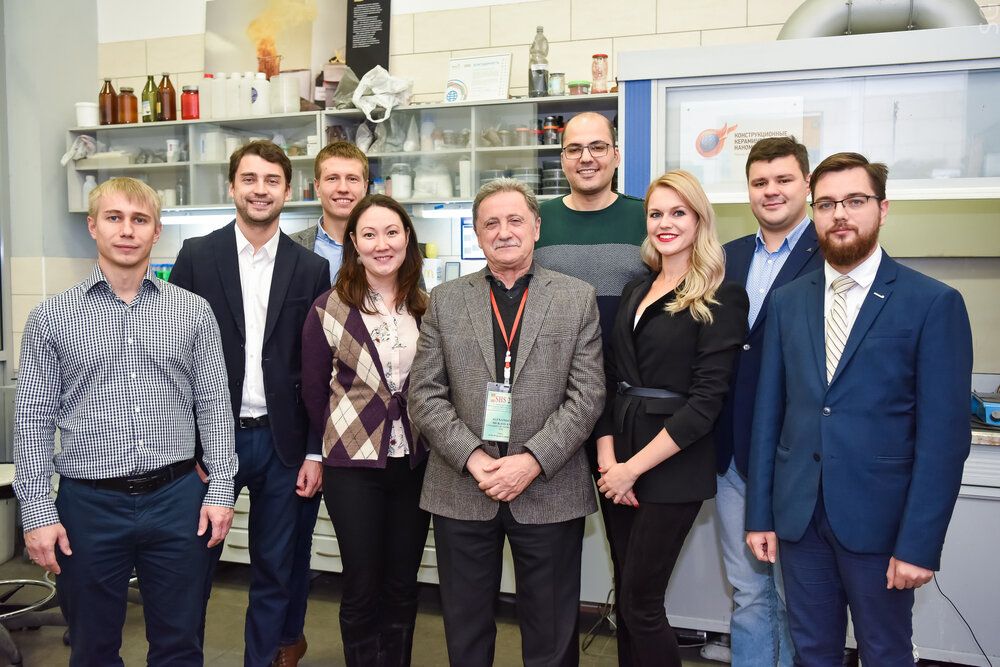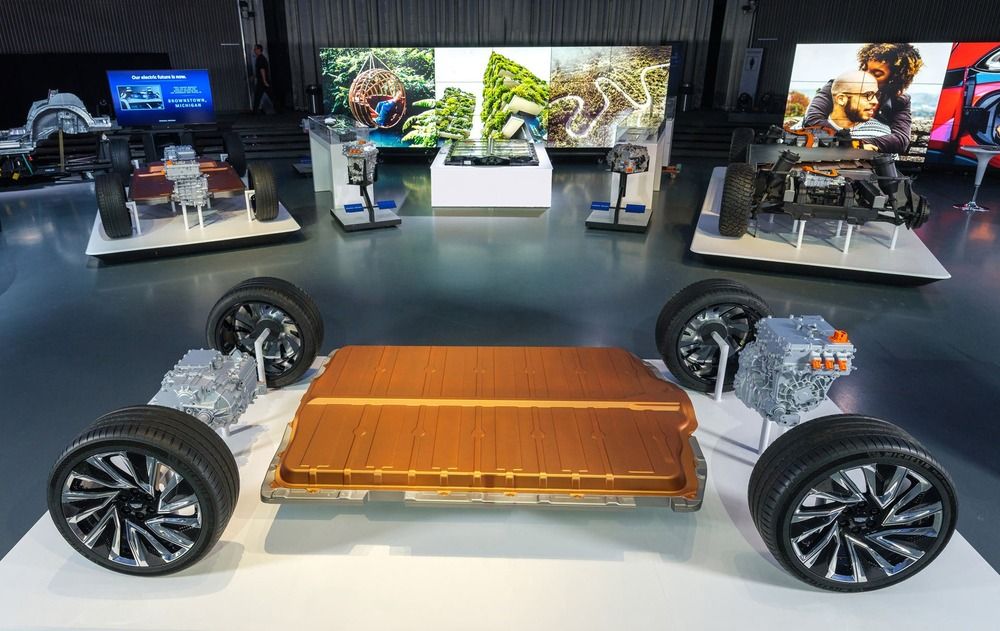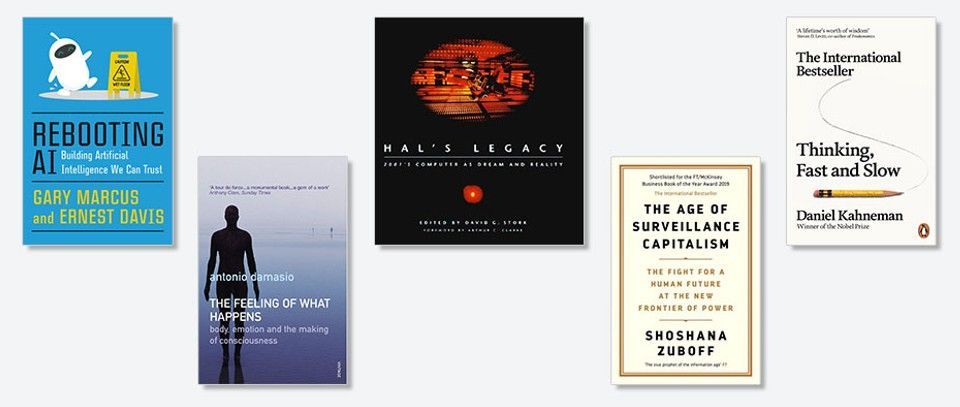Tilt-wing applications were first used in the 1960s, but MOBi-One’s new design is on the leading edge of the eVTOL revolution.
Category: transportation – Page 397

Scientists develop the most heat-resistant material ever created
A group of scientists from NUST MISIS developed a ceramic material with the highest melting point among currently known compounds. Due to the unique combination of physical, mechanical and thermal properties, the material is promising for use in the most heat-loaded components of aircraft, such as nose fairings, jet engines and sharp front edges of wings operating at temperatures above 2000 degrees C. The results are published in Ceramics International.
Watch cyclists charge Tesla Model X with human power
A group of cyclists managed to charge a Tesla Model X electric SUV with their own power.
One of the best things about electric vehicles is that you get to choose where the energy powering your car comes from.
Even if your choices are somewhat limited, there are still a lot more options than with gasoline and diesel vehicles, which will of course each only take their own fuel.

Earth power: hemp batteries better than lithium and graphene
Henry Ford’s Model T was famously made partly from hemp bioplastic and powered by hemp biofuel. Now, with battery-powered vehicles starting to replace those that use combustion engines, it has been found that hemp batteries perform eight times better than lithium-ion. Is there anything that this criminally-underused plant can’t do?
The comparison has only been proven on a very small scale. (You weren’t expecting a Silicon Valley conglomerate to do something genuinely groundbreaking were you? They mainly just commercialise stuff that’s been invented or at least funded by the state.) But the results are extremely promising.

A Case for Cooperation Between Machines and Humans
But Ben Shneiderman, a University of Maryland computer scientist who has for decades warned against blindly automating tasks with computers, thinks fully automated cars and the tech industry’s vision for a robotic future is misguided. Even dangerous. Robots should collaborate with humans, he believes, rather than replace them.
A computer scientist argues that the quest for fully automated robots is misguided, perhaps even dangerous. His decades of warnings are gaining more attention.

GM EV Batteries Will Last For 1 Million Miles & Have 600 Mile Range
In March, Lauren McDonald was on hand for GM’s EV Day, during which much of the discussion was about the new Ultium batteries GM and LG Chem will be manufacturing at a new battery factory just down the road from the former Lordstown, Ohio assembly plant. That factory is projected to have an annual capacity of 30 gigawatt-hours of battery cells. While GM made a bunch of grandiose claims about its campaign to bring electric cars to market that day, few actual details about the Ultium battery emerged during the presentation.

Long-lasting coronavirus disinfectant developed by Israeli researchers
Scientists from the Technion Israel Institute of Technology in Haifa have developed “smart” disinfectants which not only destroy the coronavirus, but unlike other commonly used disinfectants that diminish rapidly, remains on surfaces for an extender period of time. “The materials we developed will be a game changer because they will block the cycle of infection from contaminated surfaces,” said Assistant Professor Shady Farah, head of the research group. “Infection from touching surfaces is a serious problem, especially in public places such as hospitals, factories, schools, shopping malls, and public transportation. Our polymers will make these places safer,” Farah added.
The coronavirus has been seen to last on surfaces upwards of 17 days, and common disinfecting break down rapidly. This new disinfectant is long-lasting.

5 of The Best Artificial Intelligence Books You Must Read
Artificial intelligence is everywhere, from the robots manufacturing cars in factories to the smartphone in your pocket, and understanding what AI actually is will give you a better understanding of the technology that surrounds us.
Professor Mark Lee is a computer scientist at Aberystwyth University. His new book, How to Grow a Robot, is all about how to design robots and artificial intelligence so that they are more social, more friendly, more playful – more human.
Whether you’re a beginner or deep into all things AI, as an expert in artificial intelligence, Mark’s pick of science books about machine learning and intelligent algorithms will have you thinking in ones and zeros in no time.
Mazda starts production of MX-30, its first pure EV
Mazda yesterday began production of the all-new, all-electric Mazda MX-30 at its Ujina plant No. 1 in Hiroshima, Japan. The company is keeping its first pure EV moving forward to answer the demand for electric vehicles in Europe where stricter CO2 reductions are in place.